In April I spent eight days in Israel.
There were eight of us, four couples, including two Episcopal priests and their wives. We started in Jaffa, the ancient seaport south of Tel Aviv, where Jonah left for Nineveh (the Jonah who was swallowed by the great fish). We went up the coast to Caesarea, the seaport built by Herod the Great. We were awed, and this was only our first taste of Herod’s cities and palaces. He built a massive harbor, had a palace with an oceanfront swimming pool, and had a hippodrome, an oval track for chariot races, next to it, with stands for the well-off. In later years for half-time entertainment they slaughtered Christians in the center.
We went northeast to Mount Carmel, to where Elijah challenged the prophets of Baal. The contest is described in Chapter 18 of 1 Kings. King Ahab, the seventh king of the northern kingdom of Israel (reigned 874 to 853 BC) had taken Jezebel for a wife, and she brought with her prophets of her god Baal. God’s prophets were being killed and had to flee for their lives. Then Elijah shows up (this is my abbreviated version, you really should read Chapter 18) and challenges 450 prophets of Baal to a duel. They build two altars on Mount Carmel (the Carmelite nuns have a convent today at the spot), cut up two bulls and place them on wood. Elijah invites the Baal prophets to go first, to see if they can call down fire. The 450 prophets of Baal limp around their altar all morning, cutting themselves until blood gushes out. “Elijah mocked them, saying, “Cry aloud, for he is a god. Either he is musing, or he is relieving himself, or he is on a journey, or perhaps he is asleep and must be awakened.” (Verse 27). Then Elijah says my turn. He tells servants to fill four jars with water and pour it on the offering and the wood. They do this three times, until the ground is soaked with water all around the altar. Then Elijah calls down fire, and God responds, with intense fire that consumes the offering and evaporates the water. Elijah tells the people to seize the prophets of Baal. “And Elijah brought them down to the brook Kishon and slaughtered them there.” (Verse 40).
Israel is not a big country; it’s about the size of New Jersey. From Mount Carmel we could see much of it. To the southeast was the hill of Megiddo, surrounded by a vast plain. Napoleon once remarked that all the armies of the world could fit on that plain. Not really, but it is big. Meggido is corrupted into the Greek word Armageddon, and is, according to the book of Revelation, where the final battle will occur between good and evil. (Revelation 16:16).
We then went to Nazareth. There is an amazing church built on top of the house where Jesus grew up, with a glass floor in part so you can see where Jesus walked as a boy. Of course, there are always those who disagree, but this house has been preserved and marked from the beginning and most think it really is the boyhood home of Jesus.
We spent two nights near the town of Migdal on the Sea of Galilee (which is a lake, and not that huge a lake, it’s about 64 square miles and is the lowest freshwater lake on earth at more than 600 feet below sea level). Migdal is where Mary Magdalene came from, and the place we stayed had right next to it – we could look in during meals – an ancient synagogue where Jesus taught. We went to Capernaum – sometimes referred to as the city of Jesus – and there is preserved an ancient house where Jesus reportedly stayed with Peter and his mother.
From there to Jerusalem for four nights. So much to see. You weren’t sure exactly where some of the events happened – the crucifixion, the upper room, the steps of the cross, and more — but you knew you were at least close, within a few steps if not at the exact spot. Being a nerdy guy who likes rocks, I was amazed by the 300-ton stones remaining from the base of Herod’s Second Temple (destroyed by the Romans in 70 AD).
I was also surprised by the differences in elevation. The Jordan river (more like a muddy stream by my standards) flows out of the Sea of Galilee and down to the Dead Sea, the lowest place on earth at about 1400 feet below sea level. The old city in Jerusalem is about 2500 feet above sea level. Pilgrims walking to Jerusalem for the Holy feasts were mostly walking uphill into a slightly cooler climate.
Perhaps the most moving spot for me was the garden of Gethsemane, on a hill, called the Mount of Olives, looking west to the old city. It is directly across from where Herod’s massive Second Temple was. The garden of Gethsemane was where Jesus prayed the night before the crucifixion, when the disciples fell asleep. Our guide asked us to imagine it being dark and Jesus watching the torches as Judas and Roman soldiers came to get him. He knew exactly what was going to happen; he could have walked away and hid. But he stayed to pay the price for my sins and for your sins, and the sins of the whole world.
Thanks for reading.
Doug




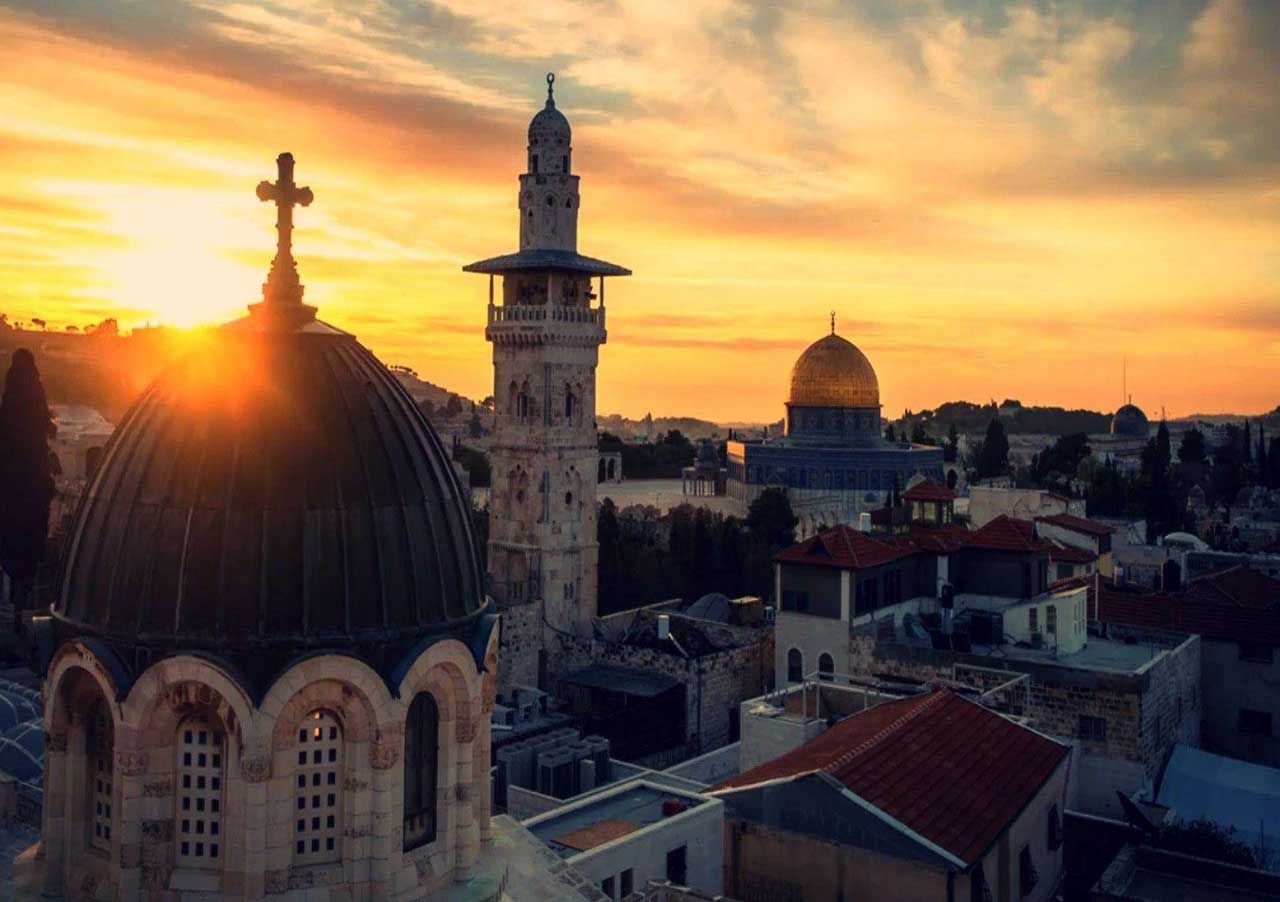
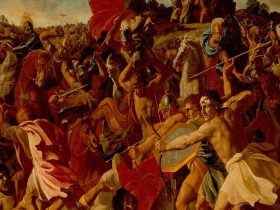


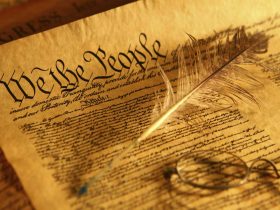




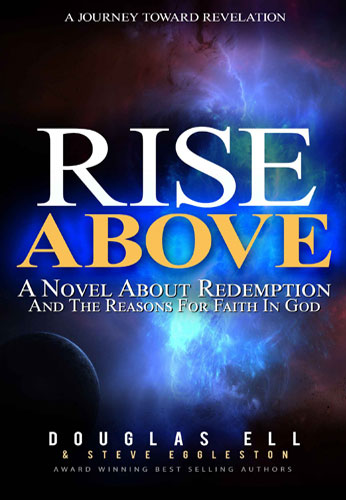
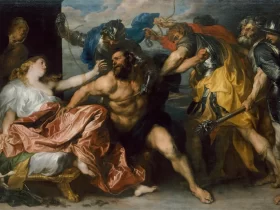



Leave a Reply